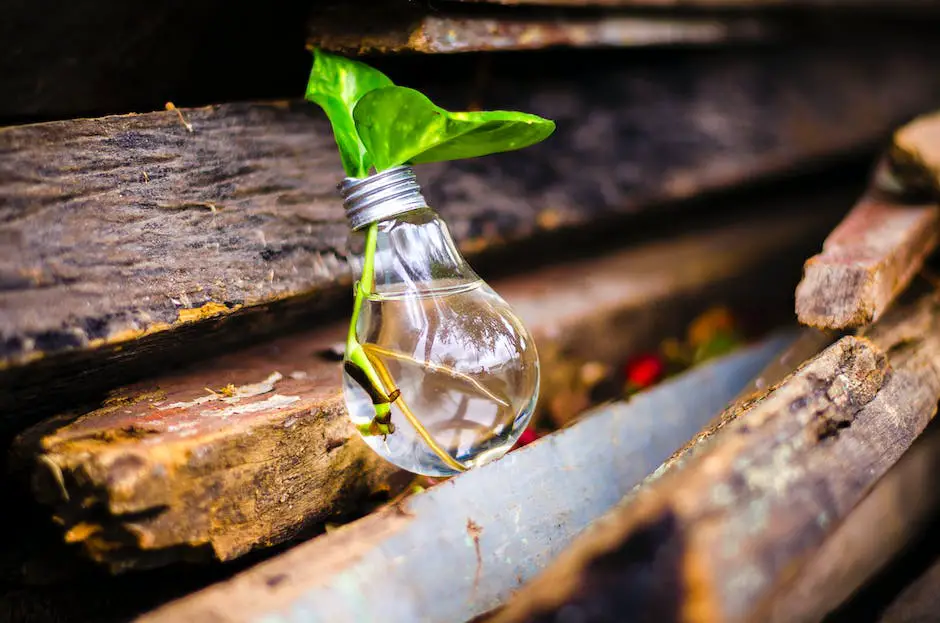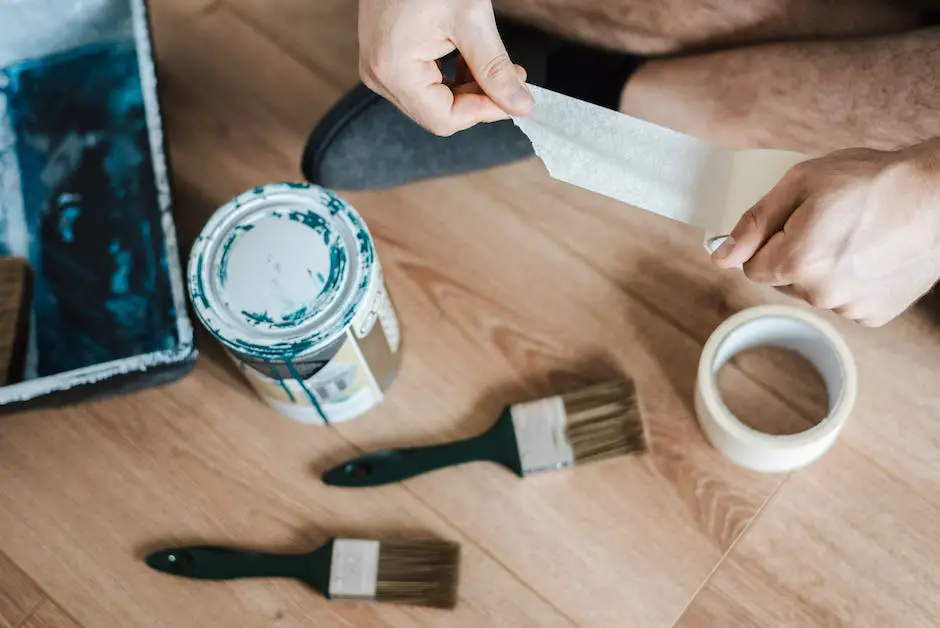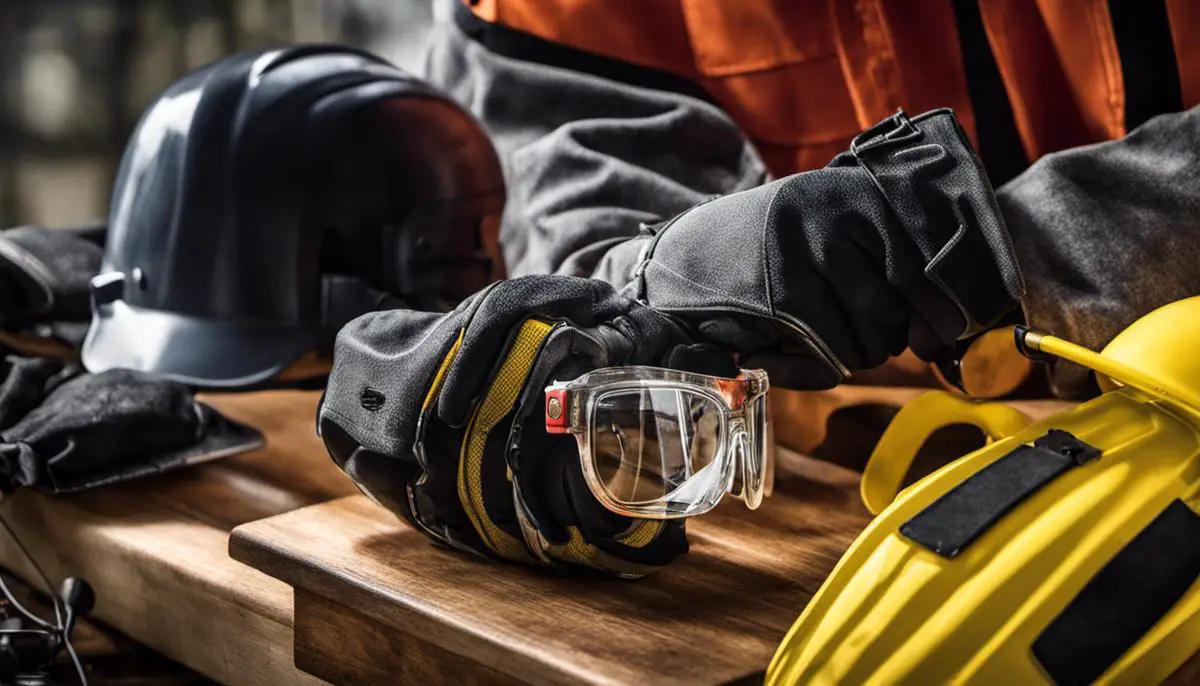There’s nothing more bothersome than a broken light bulb lodged in its socket. Aside from leaving you in the dark, it poses potential risks, especially when handled inappropriately. This piece guides you on how to skillfully navigate this situation, putting safety above all else.
Whether you are a seasoned DIYer or a novice, understanding critical safety measures is paramount. Equipping yourself not only with the proper safety gear such as gloves and eye protection but also the knowledge to ensure the power is safely turned off is your first line of defence against potential injury.
Furthermore, the ingenuity of using a simple household item like a raw potato can prove to be a life-saver when it comes to twisting out a broken bulb. Lastly, once the bulb has been removed, you need to be aware of correct cleanup procedures, appropriate disposal of waste, and safe replacement of the light bulb.
Safety Precautions
In Pursuit of Light: Safely Removing Broken Bulbs
There is something magical about the ethereal world of light bulbs: a little glass sphere illuminating dark spaces with the mere flick of a switch. But as with any enchanted kingdom, lurking hazards are a reality.
Chief among them – broken bulbs. Don’t fret, fellow light bulb enthusiasts! The key to safely removing a broken bulb lies, as ever, in patience, caution, and the right tools. Strap on your metaphorical adventurer’s helmet, and together, let’s delve into the essential safety measures for this straightforward but inherently risky task.
First and most critical: ensure the power is turned OFF. Go beyond just flicking off the switch. Disengage your lamp or light fixture from any power source. Unplug that cord from the wall outlet or turn off the circuit breaker to the room. This crucial step will ensure protection against possible electric shock. Remember, safety always trumps convenience!
Secondly, don the proper protective gear. Start with a pair of thick gardening or work gloves to protect your hands from potentially sharp remnants. Go a step further with a pair of safety glasses. While it might sound overzealous, in the world of broken light bulbs, it’s better to err on the side of caution!

Use of Potato Method
The Simple A-Peel-ing Trick: Removing a Broken Light Bulb Using a Potato
What’s more frustrating than a burnt-out light bulb? One that has shattered, leaving only the bulb base still tantalizingly lodged within the socket, taunting your attempts at removal. However, fear not, for there’s an unassuming household hero tucked away in your pantry that can come to your aid in this predicament. The humble spud, yes, the potato!
Generally, when dealing with anything electrical, make sure power is disconnected to avoid any unfortunate shocks. For removing broken bulbs, turning off the power is not just for safety but also peace of mind. Always remember that shock prevention is a top priority.
When a bulb breaks, shattered pieces of glass can scatter, potentially causing injury. Safety comes first, so don a pair of thick garden or work gloves along with protective eyewear before the venture into the bulb extraction.
Jumping right ahead to the esoteric technique involving our all-rounder tuber – the potato! Cut the potato in half crosswise and make sure to select a chunk that’s easy to grip. Dry the cut surface as much as possible to reduce the risk of slipping and further breakage, ensuring a better grip on the bulb’s base.
A pair of long-nosed pliers could potentially be an alternative to the spud in case of emergency; however, the marvel of the potato is not only its availability but also its safety and efficiency. The raw, sturdy interior of the potato can form a solid grip around the broken bulb that your pliers might fail to provide, making it an uncanny but effective tool.
After successfully extracting the broken bulb with the power of the potato, always make sure to dispose of the bulb responsibly. Considering it’s an environmental hazardous waste, it should be wrapped carefully and labeled before tossing it into the general waste bin. Many local recycling centers accept pieces of broken bulbs, so consider reaching out to them for disposal.

Cleaning Up After Removal
Diving deeper into the exciting world of home maintenance, let’s explore what we haven’t touched on yet – how to take care of the aftermath of a broken bulb removal.
After successfully removing that pesky broken light bulb, one might think the job is complete. Oh, the joy of DIY successes! But wait, this journey isn’t quite over. The task of cleaning and ensuring no shards of glass remain is equally important. The act might not be as thrilling as cracking open a problem like our dear broken bulb, but precautions after the fact are indisputable. So let’s get right to it, hobbyists!
Sometimes, tiny shards of glass will scatter in places unseen despite the meticulous clean-up you’ve done. These tiny shards can often be difficult to spot and can cause unexpected injuries. The best way to handle this? Roll up pieces of duct tape, sticky side out, and pat the area down. The sticky side of the tape will pick up any tiny shards of glass that may have been left behind. Now that’s what we call attention to detail!
But, don’t stop there! The bulb was broken, and it contained a filament. While removing the bulb, some of the filament may have fallen and landed on your table, chair, or floor. Although not as sharp as the glass, it’s still important to remove, mostly due to its toxicity.
Here’s where our trusted vacuum cleaner comes to the rescue. Use the hose attachment, and make sure to reach every corner of the room. Once you’ve vacuumed, remember to safely dispose of the vacuum bag.
Now, with the last step, we’re taking it up a notch. For safety’s sake, it wouldn’t hurt to plug-in a strong, hand-held light to scrutinize the area. Maybe all that meticulous cleaning was perfectly executed, and there’s not a shard in sight: fantastic! But if not, no worries. Just repeat the previous steps until your space is absolutely, confidently clean and safe.
Building skills in any area of life, involves diving into unexpected, sometimes uncomfortable tasks. The times when you must roll up those sleeves and face the not-so-fun music are truly when you grow. Just remember – there is fun and satisfaction in doing it yourself. So carry on, bulb-changing champions, continue to light up your world, both literally and metaphorically. You’ve got this!

Having followed through this piece, it’s evident that dealing with a broken light bulb goes beyond just removing the fragment stuck in the socket. It’s about prioritizing safety from start to finish, an aspect that can’t be overlooked regardless of how accustomed you are to fixing things around your home.
From the initial steps of wearing the necessary safety gear and ensuring the electrical power is turned off before starting your task, to the ingenious use of a raw potato to safely twist out the fragment, and finally to the post-removal process, every step needs careful handling.
The knowledge shared here should empower you to face any future ‘broken bulb’ challenge with confidence and skill. Remember, every situation is a learning opportunity, and each time you safely navigate a potential hazard, you become more proficient at troubleshooting around your home.


